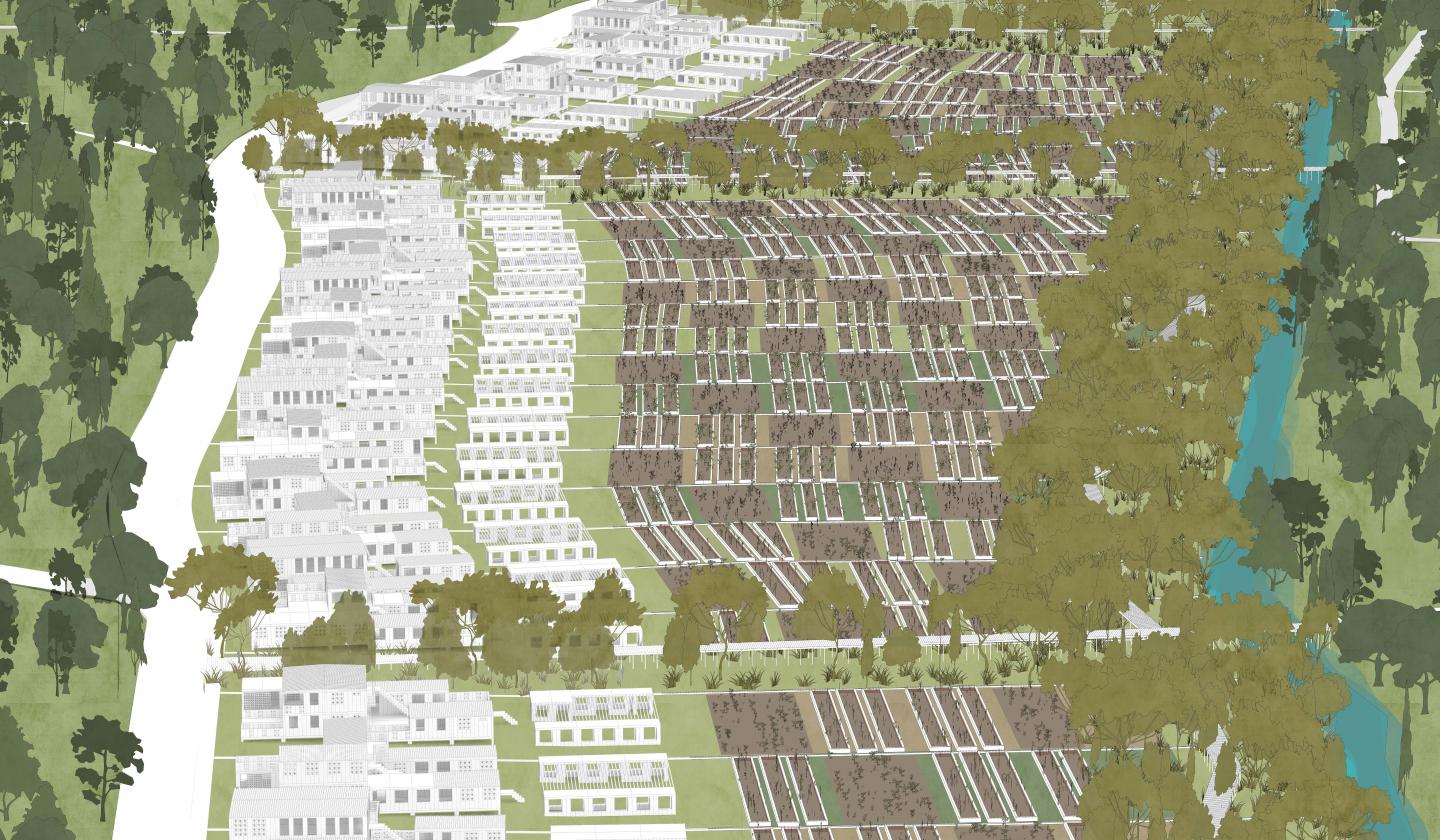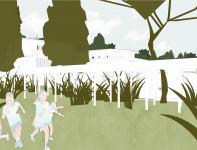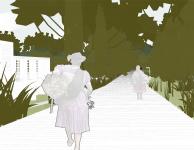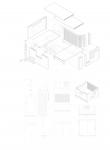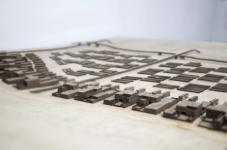Housing has been and is one of the main social problems of Cuba in 2018 the housing deficit reached 900,000 units. The rate of housing construction by the State has been much lower than the population growth rate; and the homes that do exist are in regular or bad condition. These problems have been caused mainly due to national policies, but also by hurricanes and other natural disasters. The result has been the aforementioned deficit, which is important and growing.
The project is set in Havana, along the Almendares River Basin. Over the years the River Basin landscape has experienced ruination due to neglect. The river receives the wastewaters of more than 200,000 inhabitants. The high abundance of pollution in the downstream stretch of the river reflects the very poor microbiological water quality. In this zone, the Almendares water is used for irrigation of urban agriculture and recreational activities although the microbiological standards for these uses are not met. Improvement of wastewater treatment is absolutely required to protect the population against health risk.
Using the Almendares River Basin as the area of investigation the aim is to solve the problem of the landscape ruination using the problem of limited housing while taking advantage of the embedded knowledge of the people.
The landscape was reimagined into 3 zones: the urban zone, the agricultural zone, the ecological zone. The Urban zone consists of the modular housing system, the agricultural zone consists of farming land attached to each house and the ecological zone is a fruit tree area which will be allowed to grow wild to protect the river from any agricultural runoff and serve as a barrier between the built area and wild landscape. By creating these zone the goal is to use the presence of the people to assist in the rewilding of the environment and thus reduce the pollution in the Almendares River.
The houses themselves consist of Modular panels that could be easily used to assemble the houses without the use of heavy machinery like cranes, thus enabling the people to construct their own urban environment.
2017
3 Zones:
Urban Zone
Agricultural Zone
Ecological Zone
Lead Architectural Designer
Osehikhueme Etomi
